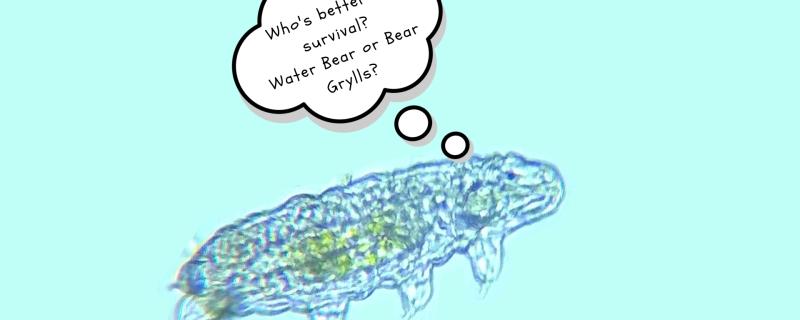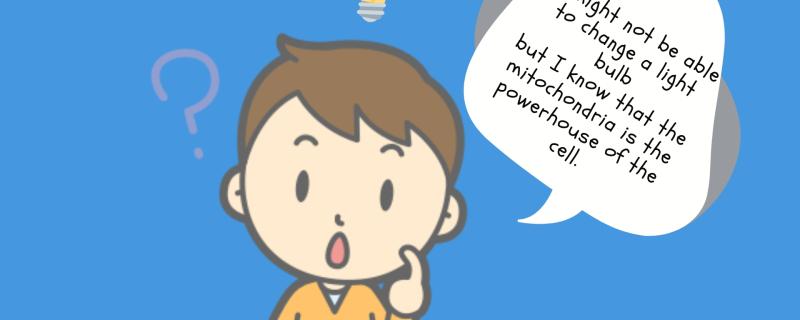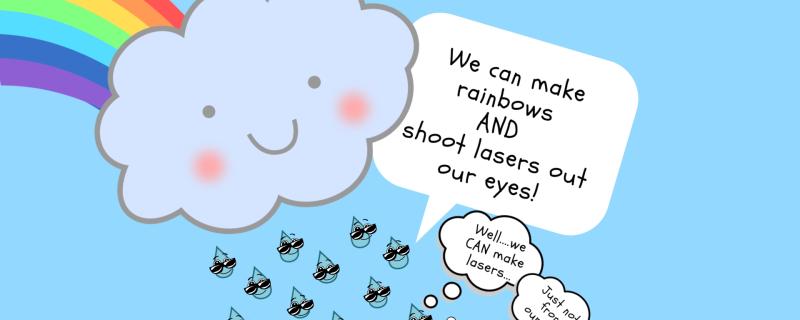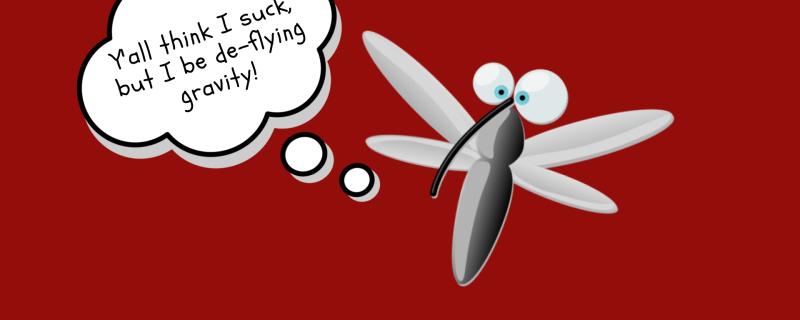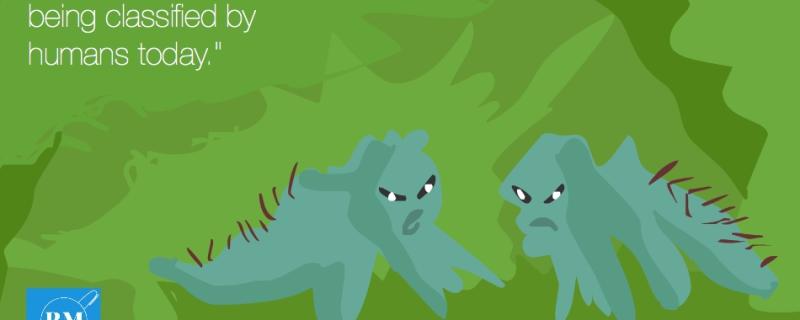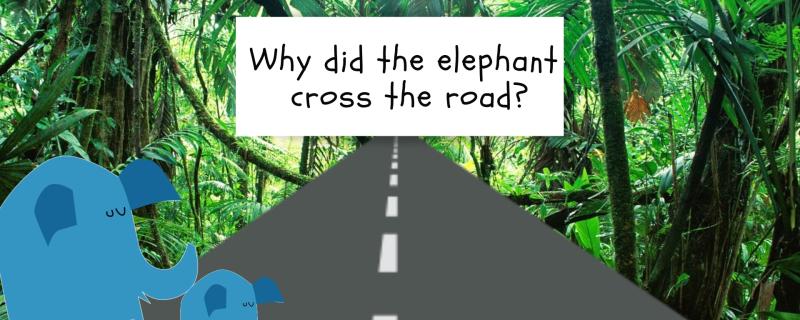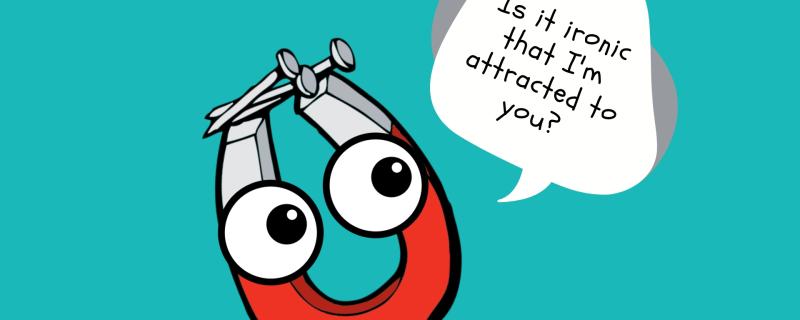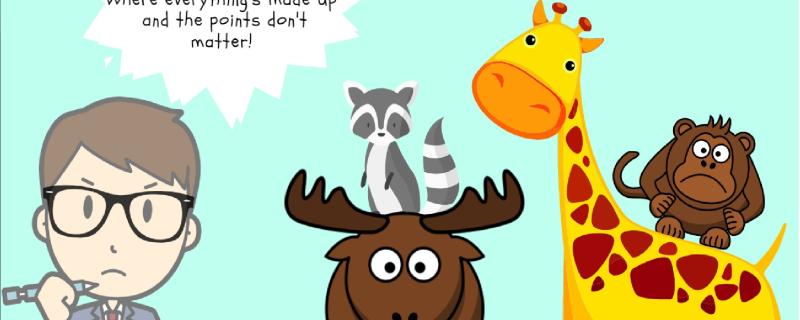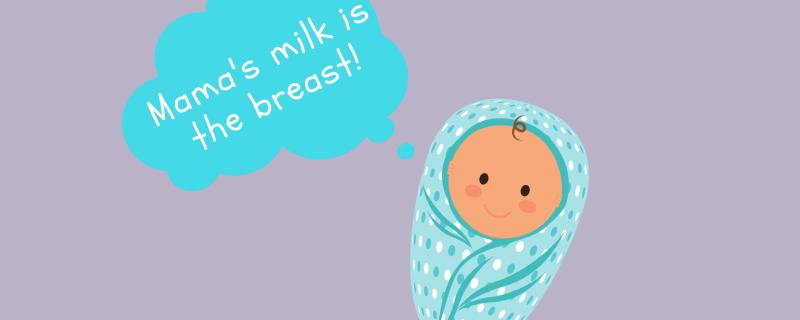Water is essential in biochemical processes needed for the survival of living organisms. Humans can survive without water for about 2-7 days. However, there exists an animal so resilient that it can withstand water scarcity for decades! Tardigrades, also called water bears, are small aquatic animals that are about 1.2 mm long with a head and four pairs of clawed legs, looking like cute little gummy bears.
Scientists theoretically probe the atomic properties of the 2D materials under strain
Mumbai/ Apr 18, 2024

